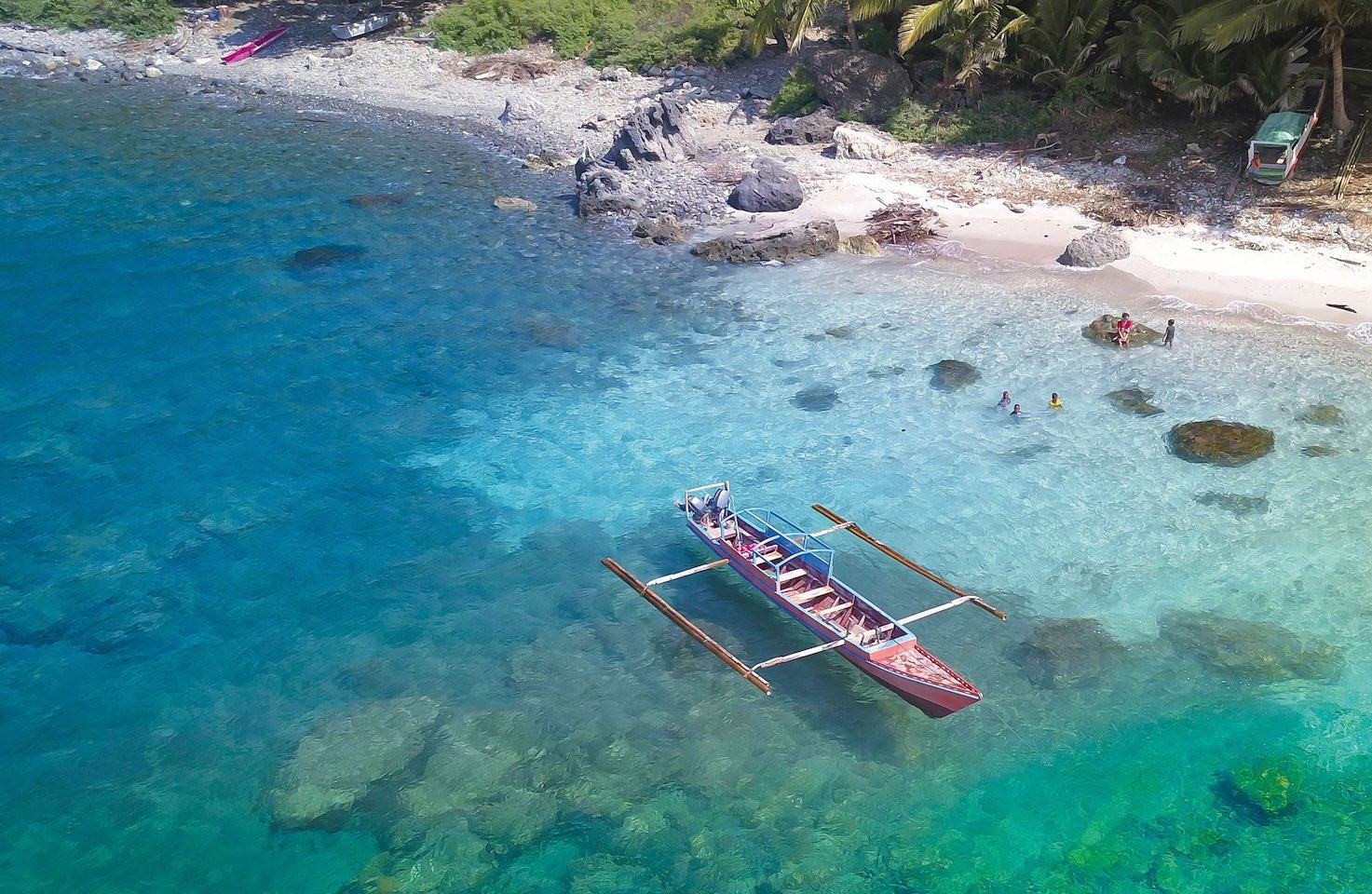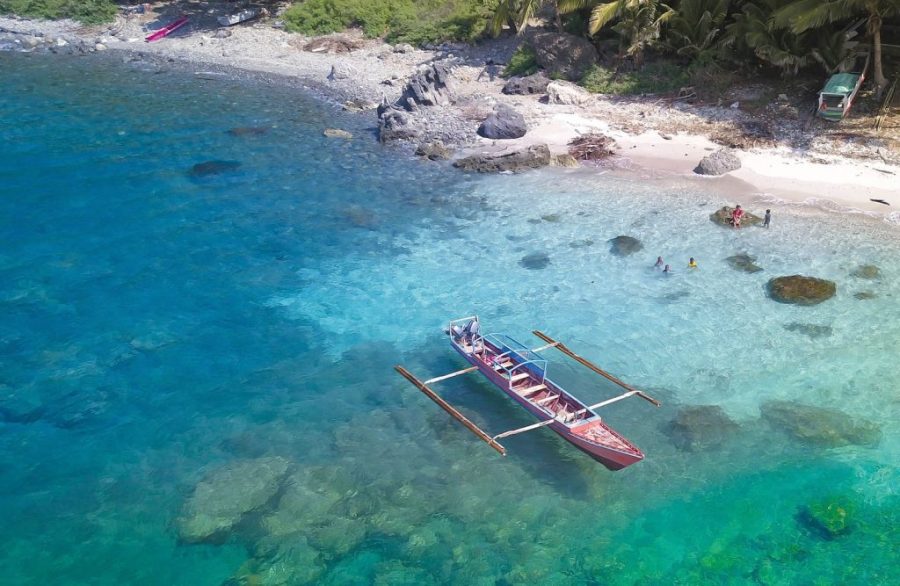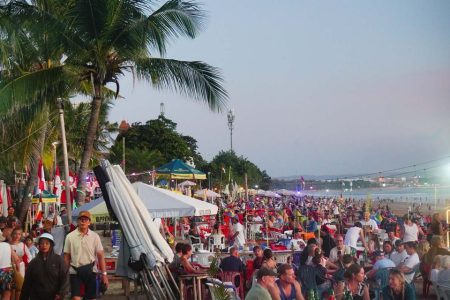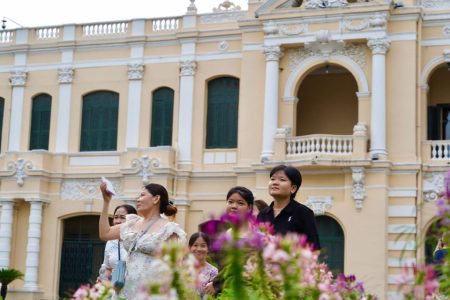A little over 20 years since it gained independence, Timor-Leste is starting to imagine a future as a tourism destination. When that dream becomes reality, the pearl of this Portuguese-speaking Southeast Asian nation may be Atauro Island – a few hours north of the capital, Díli, by boat.
Time meanders slowly on tranquil Atauro, which is about 140 square kilometres in size. The sparse tourism infrastructure that exists is centred around the island’s biggest drawcard: its ocean. Atauro is without a doubt one of the best swimming, snorkelling and diving destinations in the region. Scientists have even deemed it one of the most biodiverse marine habitats in the world.
Atauro’s women have known this for a long time, of course. Traditionally, tasks at sea on this island are divided by gender. Men paddle wooden boats out to the reefs; women, armed with home-made harpoons, dive down into the water. These powerful divers – known as wawata topu inside their country, and the ‘mermaids of
Timor-Leste’ outside of it – enter the sea fully clothed and in goggles, to spear the fish that help feed their families. Generations of women often dive together on Atauro.

Recently, for the First Atauro Festival – promoted by Timorese President and Nobel Prize winner José Ramos-Horta – men and women swapped places, and a group of wawata topu raced each other in small beiros. Prisca de Araújo, 52, sweat running down her face, proudly lifted the small crude wooden oars above her head to commemorate her win, just beating Querima Soares, 37, and Mariana de Araújo, 48. “We are all family, Bikele fishermen”, explains Prisca as she posed for the country’s main leaders, including Ramos-Horta.
[See more: Zhuhai has dozens of islands. It’s time you started exploring them]
In 2012, two marine conservationists (Mark Erdmann, from the US, and Australian Gerry Allen) carried out the first official survey of Atauro’s sealife. The men determined it had the seventh highest biodiversity of anywhere within what’s known as the Coral Triangle. The Coral Triangle spans the Philippines, Malaysia, Indonesia, Papua New Guinea, the Solomon Islands and Timor-Leste. A few years later, their more detailed study identified 252 species of coral reef fish in Atauro’s waters – a concentration higher than anywhere else on the planet.
But Atauro’s waters don’t just teem with fish. They’re home to dolphins and an array of whale species, too. Visitors often spy blue whales, humpbacks, melon-headed whales, and more. Then there are the gentle, ponderous dugongs (or, sea cows). These rare vegetarian sea mammals are shy, however, so only the luckiest travellers get to see them.
All this is to say: Atauro is paradise for scuba divers. The Aquatic Diving School’s Cássio Schumacher, who is based in Díli, told Macao magazine that a lack of promotion was the island’s main reason for remaining sleepy. “Atauro has world-class diving, with reefs considered among the most biodiverse in the world – that is how special the marine life is here,” he said. Schumacher added that there are highly experienced diving operators waiting to guide visitors to all the best spots. “So come to Timor … the reefs will leave an incredible memory,” he urged.
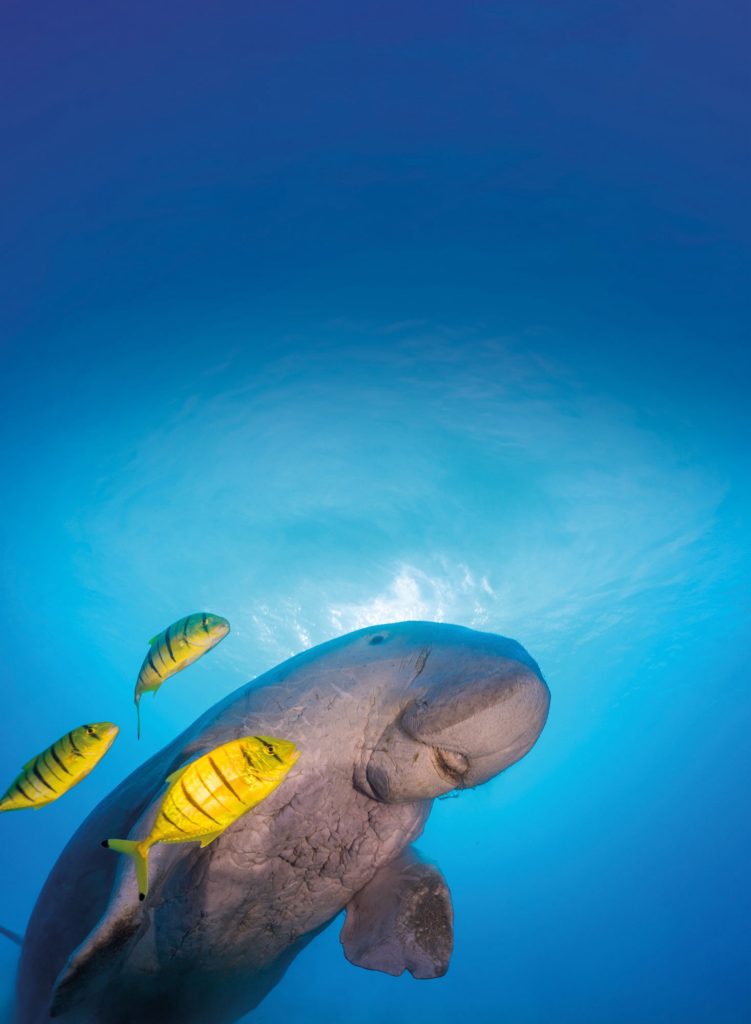
Landlubbers will find plenty to charm them, too, especially in July. This is when an annual festival celebrating the betel nut harvest takes place. For one day only, much of the island gathers near Abaktedi village. The exuberant festival is held at an altitude of 700 metres, in the shadow of the island’s highest mountain, and features lian-nain – old-timer storytellers – who retell the legend of the islanders’ three ancestral brothers. The festival marks the brothers’ truce after protracted conflict, and at its heart is about reaffirming peaceful relations between Atauro’s communities.
Betel nuts are a specialty stimulant in various parts of southern Asia and the Pacific. The ‘nuts’ themselves are in fact seeds from areca fruit. They increase one’s heart rate, as well as feelings of alertness and well-being (though also pose health hazards). Before being consumed, the fibrous areca seeds are ground up with
quicklime and wrapped in glossy, heart-shaped leaves from the betel plant, which give the end product its name. When chewed, betel nuts produce a red juice that gets spat out on the ground – but not before dyeing users lips, tongues, and teeth a shocking crimson.
Atauro’s festival also showcases villagers’ impressive seed harvesting abilities. Fearless tree climbers, be they young or old, shimmy up towering areca palms using knotted palm leaves to hasten their ascent. Near the tops of these slender trunks, they lop off heavy bunches of orange fruit. Down below, thousands of festival attendees converse, dance, drink palm wine and, of course, chew pua (the local name for betel nut). Makeshift markets sell handicrafts and locally grown produce, including avocados, oranges, the giant, potato-like kumbili.
The festival is quite the experience for a visitor to drink in, immersed in a confusion of Portuguese, Timorese and local dialects. Someone will surely tell you the story of the aforementioned brothers (Komateu, Leki-Toko and Kutu-Kia) and the significance of pua in their tale – which translates into a significance in Atauro’s unique culture. As legend has it, the brothers’ famous fights caused tremendous trouble for the island. They were bad enough to dry out the land and prevent fish baskets from filling. When the quarrelsome men finally agreed to make peace, they cemented their agreement with a pua ceremony. There, they divided the land and sea into three regions, firing arrows to mark where their territory lay.
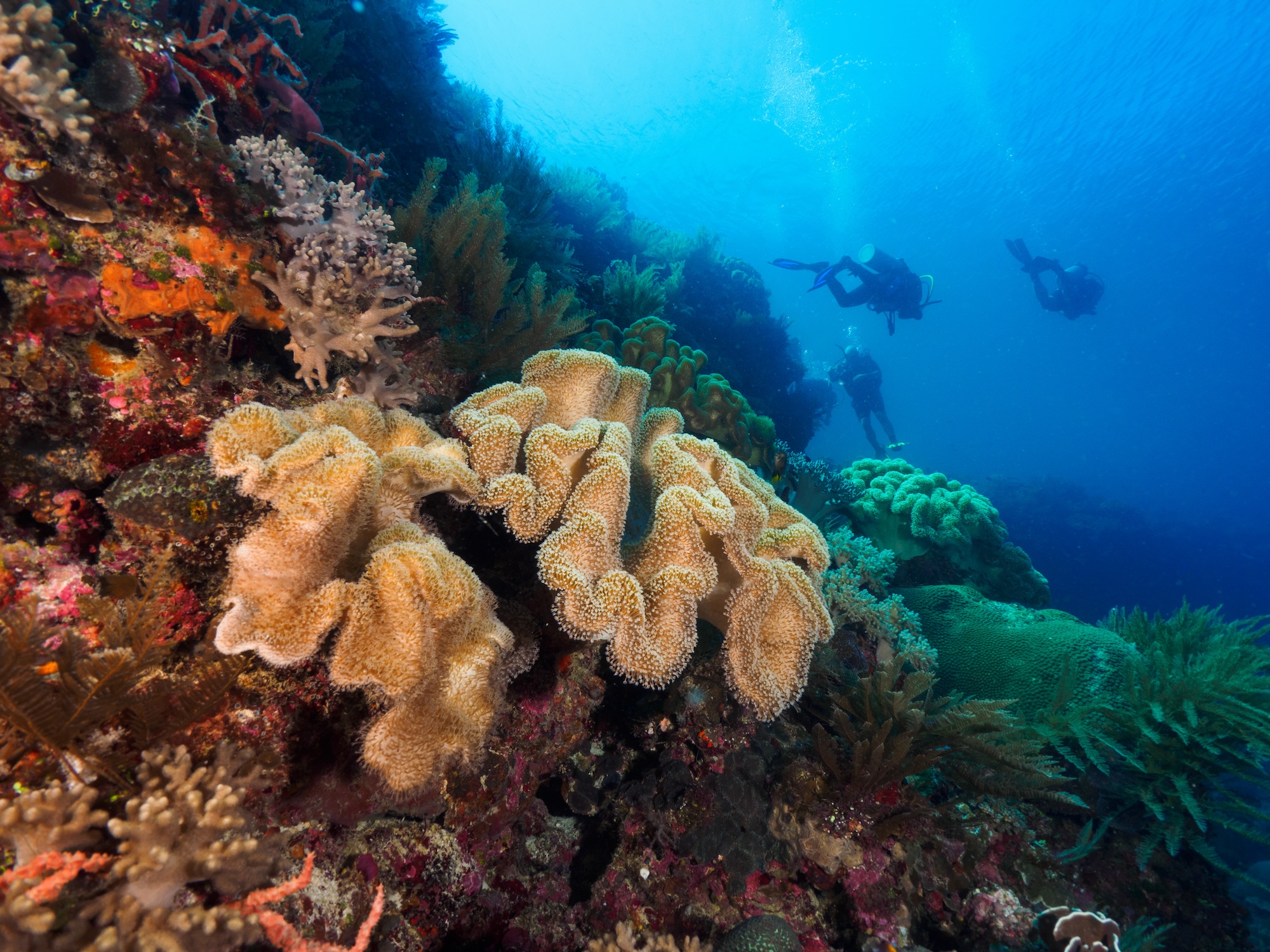
Ever since, Atauro’s annual betel nut festival has served as a reminder that the island is at peace – no matter what’s going on in the rest of Timor-Leste. “[Betel nuts] are the source of life for Atauro,” an old lian-nain told Macao. “This festival is very, very old. And it will always continue.”
Atauro has known strife, however. The Portuguese, who colonised Timor-Leste in the late 16th century, used it as a prison island to house criminals and political prisoners from across its territories. It was the Portuguese who built the infamous ‘hole in the ground’ jail in Vila Maumeta, a coastal town. Today, all that remains are three stone squares marking the underground cells in which these prisoners were held. During World War II, the Japanese – who occupied Timor-Leste – also used the island as a holding pen for prisoners.
Atauro’s last stint as a prison was during the ’80s, when Timor-Leste’s Indonesian occupiers used it as a place to detain thousands of guerillas for the freedom movement (known as Fretilin). In Vila Maumeta, a stone monument was erected in 2017 to honour these exiled men and women. It bears the flags of both Timor-Leste and Fretilin, along with the words: “The isolation of Atauro did not extinguish the spirit of resistance leading to national liberation.” After Timor-Leste won its independence from Indonesia in 2002, most of the Atauro exiles returned to their original villages. But some stayed, boosting the island’s population – which now numbers a little over 10,000.
While Timor-Leste is a Catholic country – courtesy of the Portuguese – most of Atauro’s inhabitants are Protestant. Animism, however, was the main religion on the island all the way up until the early 20th century, when a Dutch mission arrived from nearby Indonesia. Catholicism didn’t reach Atauro until 1951. Vila Maumeta’s Bread and Fish Monument commemorates the first 21 islanders baptised into the Catholic faith by Father Hornai.
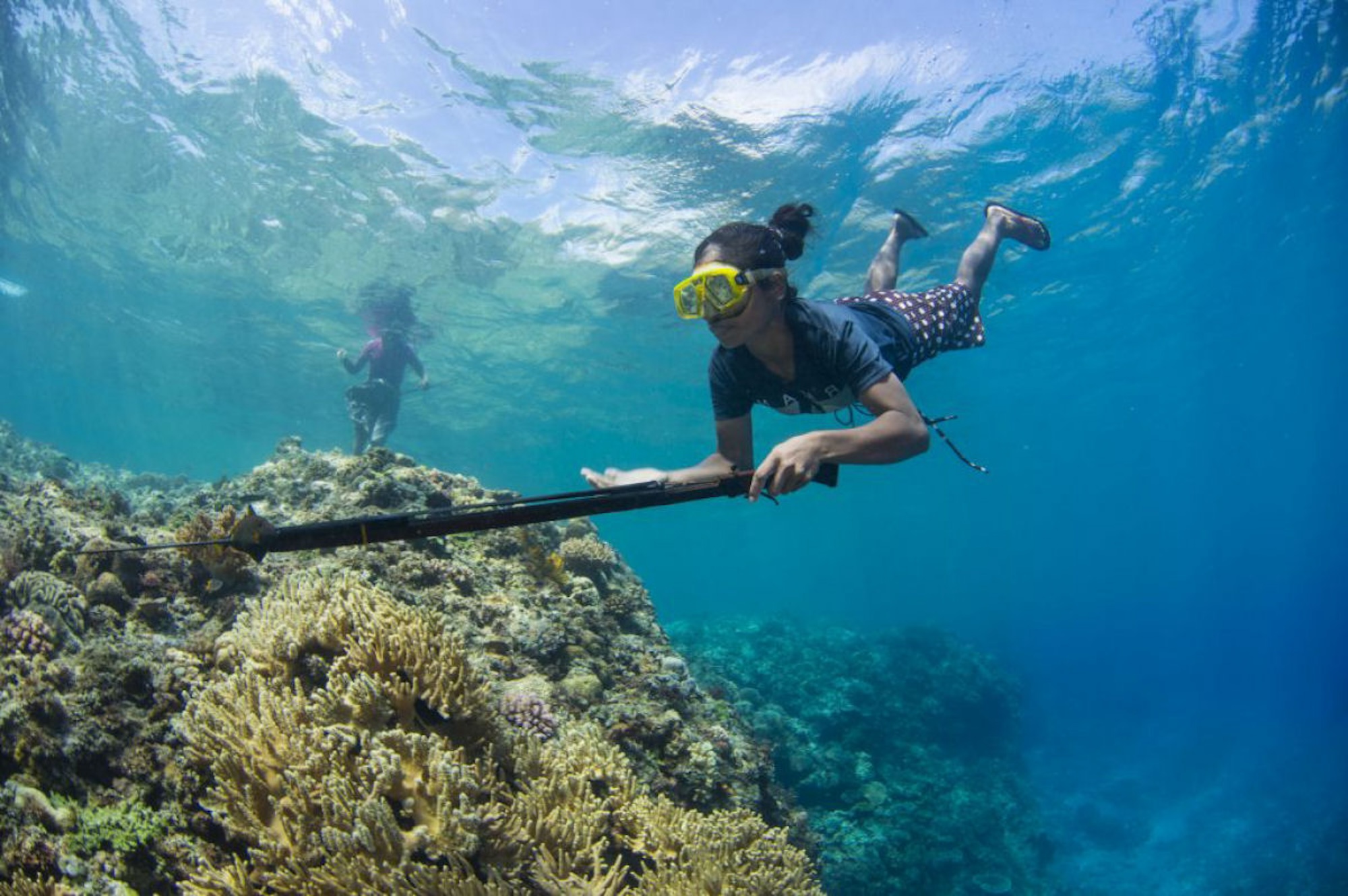
Earlier this year, tourists from around the world flocked to Timor-Leste to view a once-in-a-century solar eclipse – which sparked a surge of visitors to Atauro. But eclipses aside, few foreigners make it all the way to the island. It is becoming something of a hidden secret for Timor-Leste’s expatriate crowd, however. Especially those who love scuba diving.
Fátima Alves, a Portuguese teacher working on the mainland, has completed around 600 dives off Atauro’s coastline since taking up the sport in early 2019. “The waters are calm, the sea is beautiful, and there’s a huge amount of animal life,” she says of the island. “And one of the best things is that there’s no crowds. In many scuba hotspots, you have more divers than fish. Not at Atauro.”
